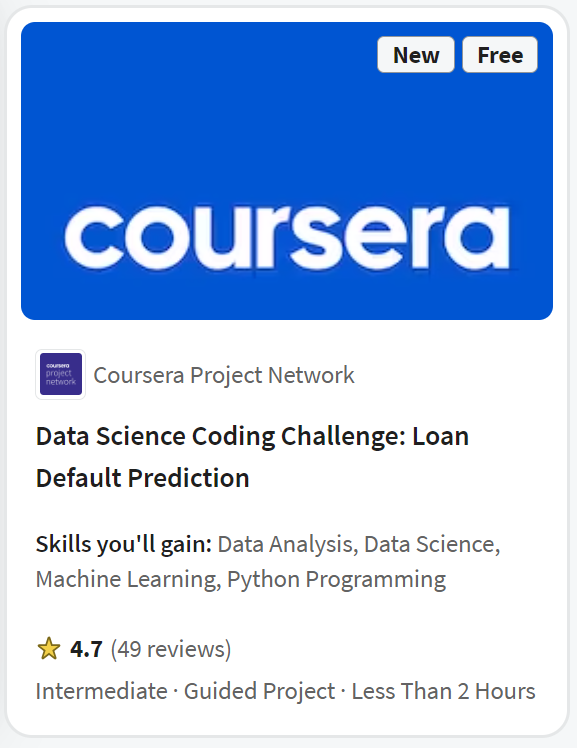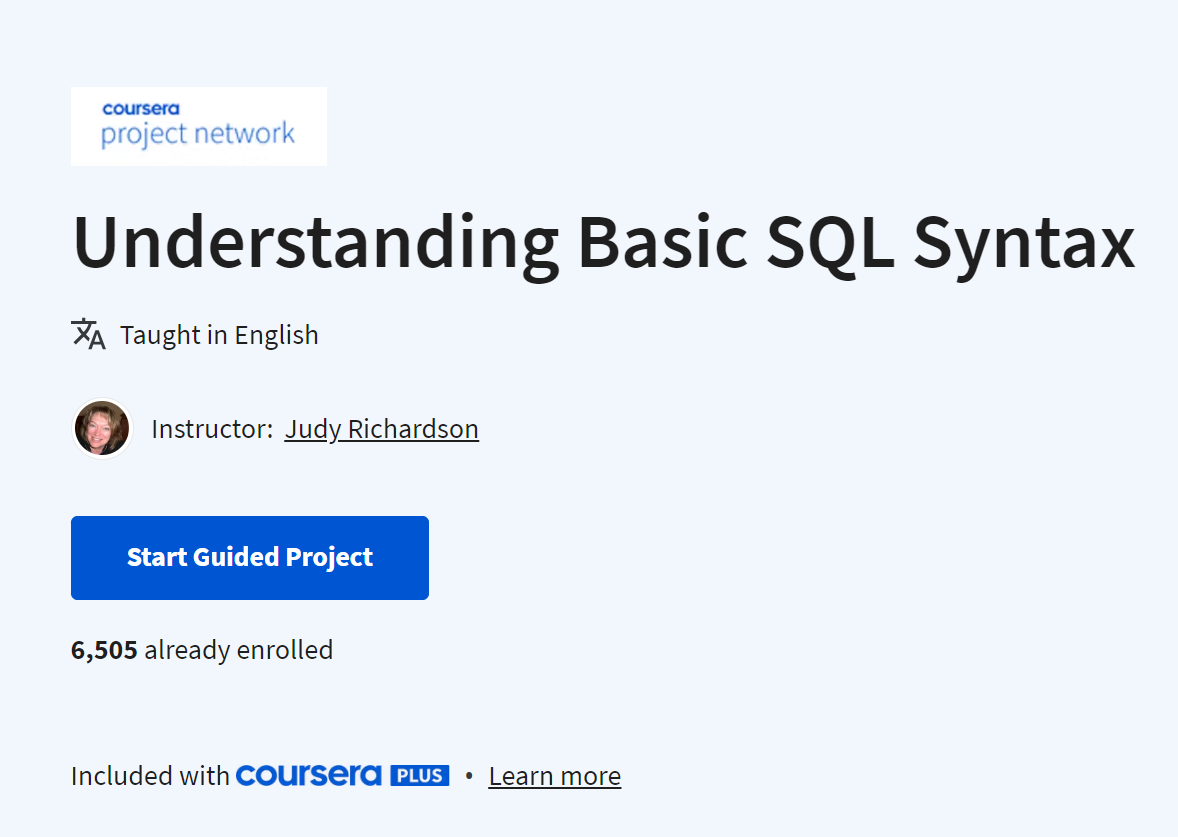What you'll learn
Differentiate between a capstone, case study, and a portfolio
Identify the key features and attributes of a completed case study
Apply the practices and procedures associated with the data analysis process to a given set of data
Discuss the use of case studies/portfolios when communicating with recruiters and potential employers
There are 4 modules in this course
This course is the eighth course in the Google Data Analytics Certificate. You’ll have the opportunity to complete an optional case study, which will help prepare you for the data analytics job hunt. Case studies are commonly used by employers to assess analytical skills. For your case study, you’ll choose an analytics-based scenario. You’ll then ask questions, prepare, process, analyze, visualize and act on the data from the scenario. You’ll also learn other useful job hunt skills through videos with common interview questions and responses, helpful materials to build a portfolio online, and more. Current Google data analysts will continue to instruct and provide you with hands-on ways to accomplish common data analyst tasks with the best tools and resources.
Learners who complete this certificate program will be equipped to apply for introductory-level jobs as data analysts. No previous experience is necessary.
By the end of this course, you will:
- Learn the benefits and uses of case studies and portfolios in the job search.
- Explore real world job interview scenarios and common interview questions.
- Discover how case studies can be a part of the job interview process.
- Examine and consider different case study scenarios.
- Have the chance to complete your own case study for your portfolio.










.png)



.png)
.png)





.png)






















.png)























